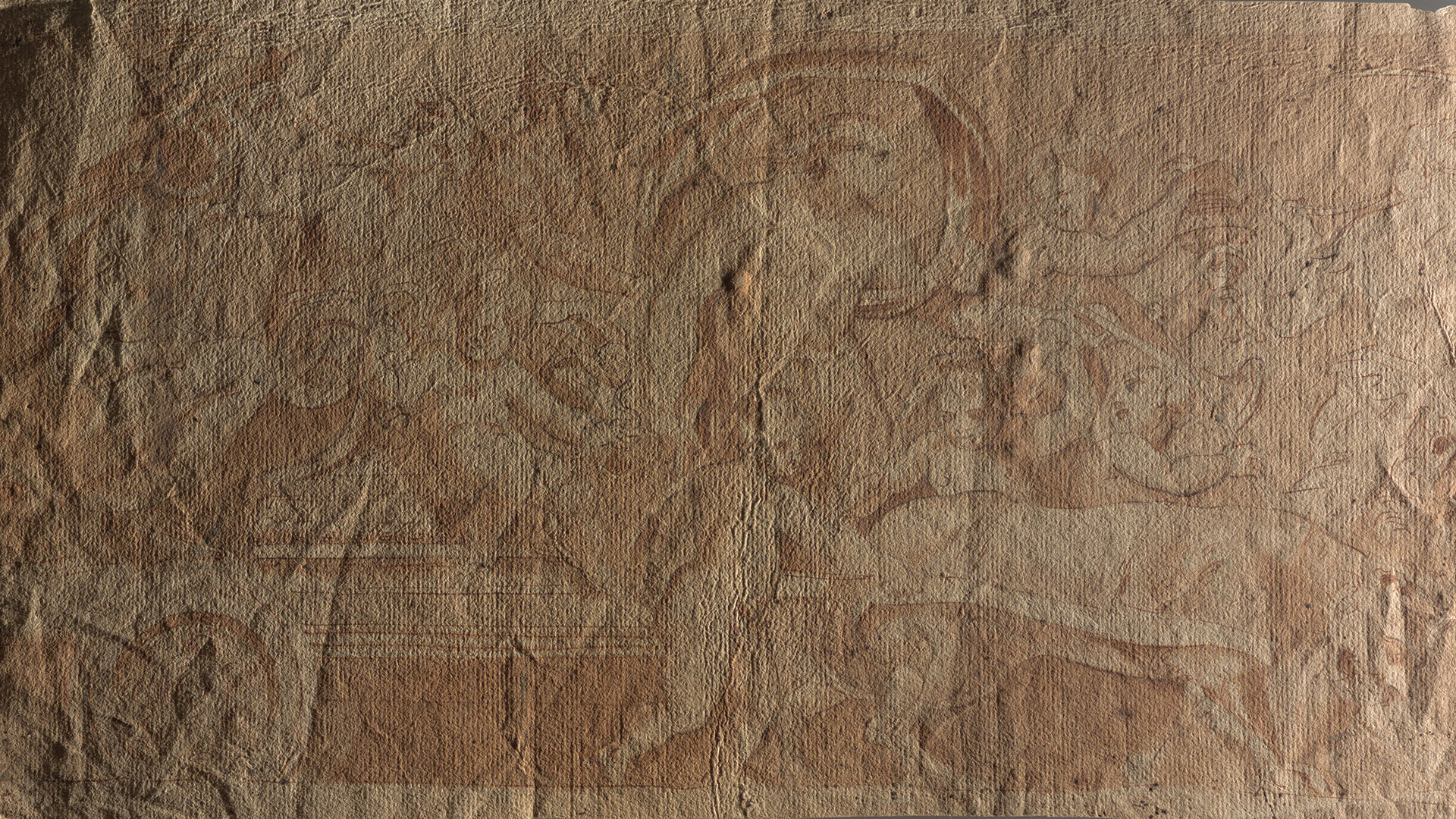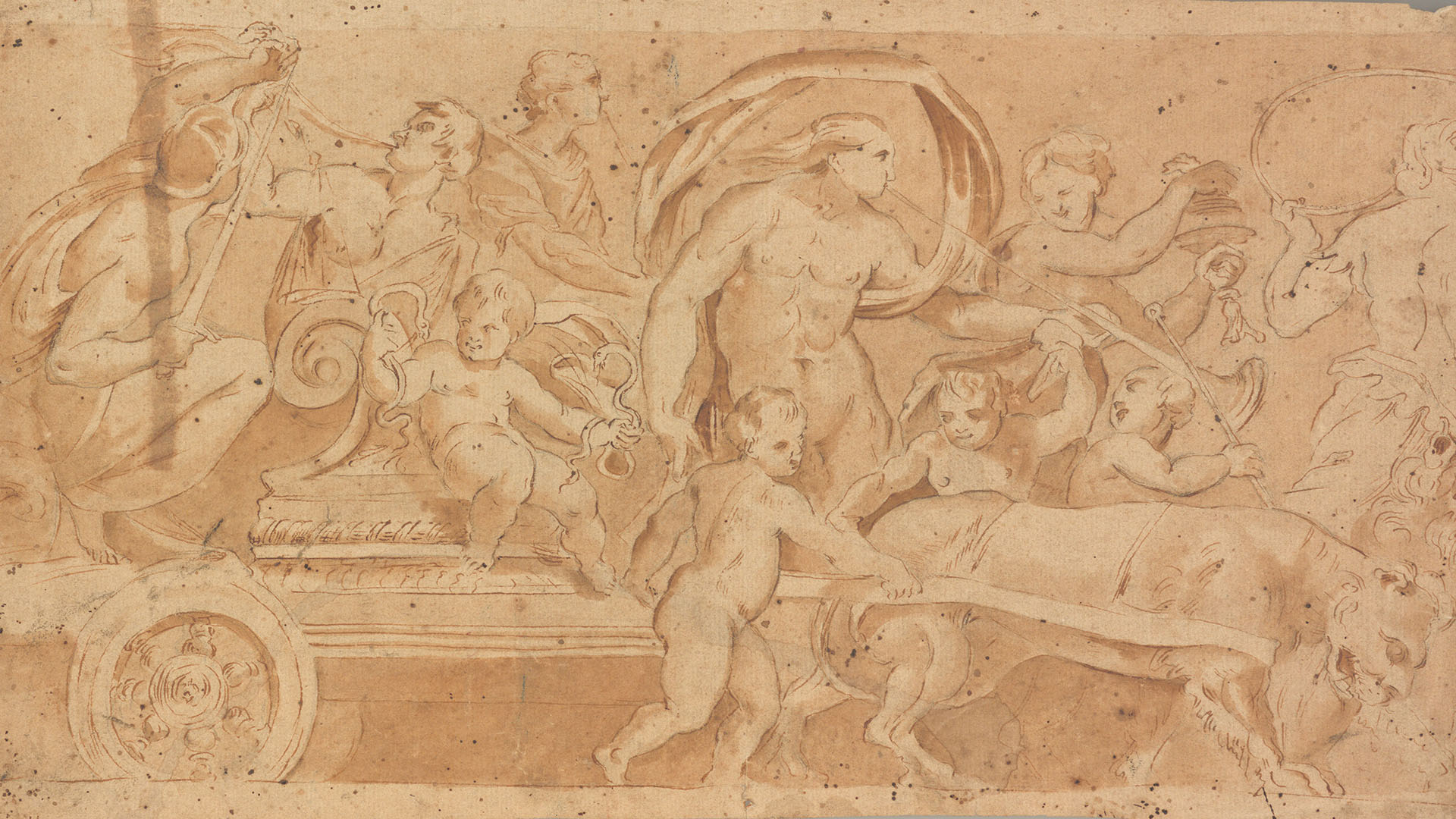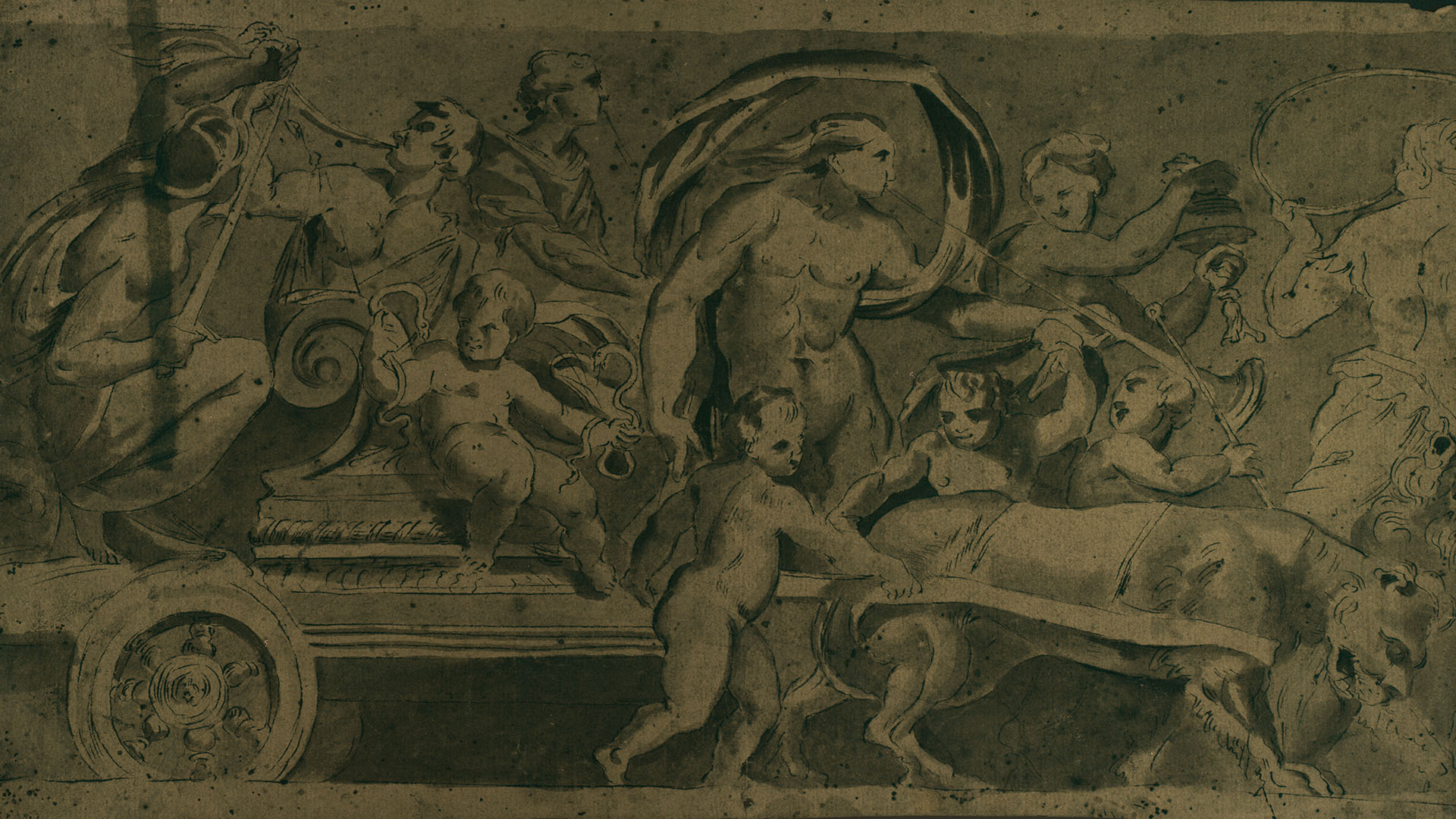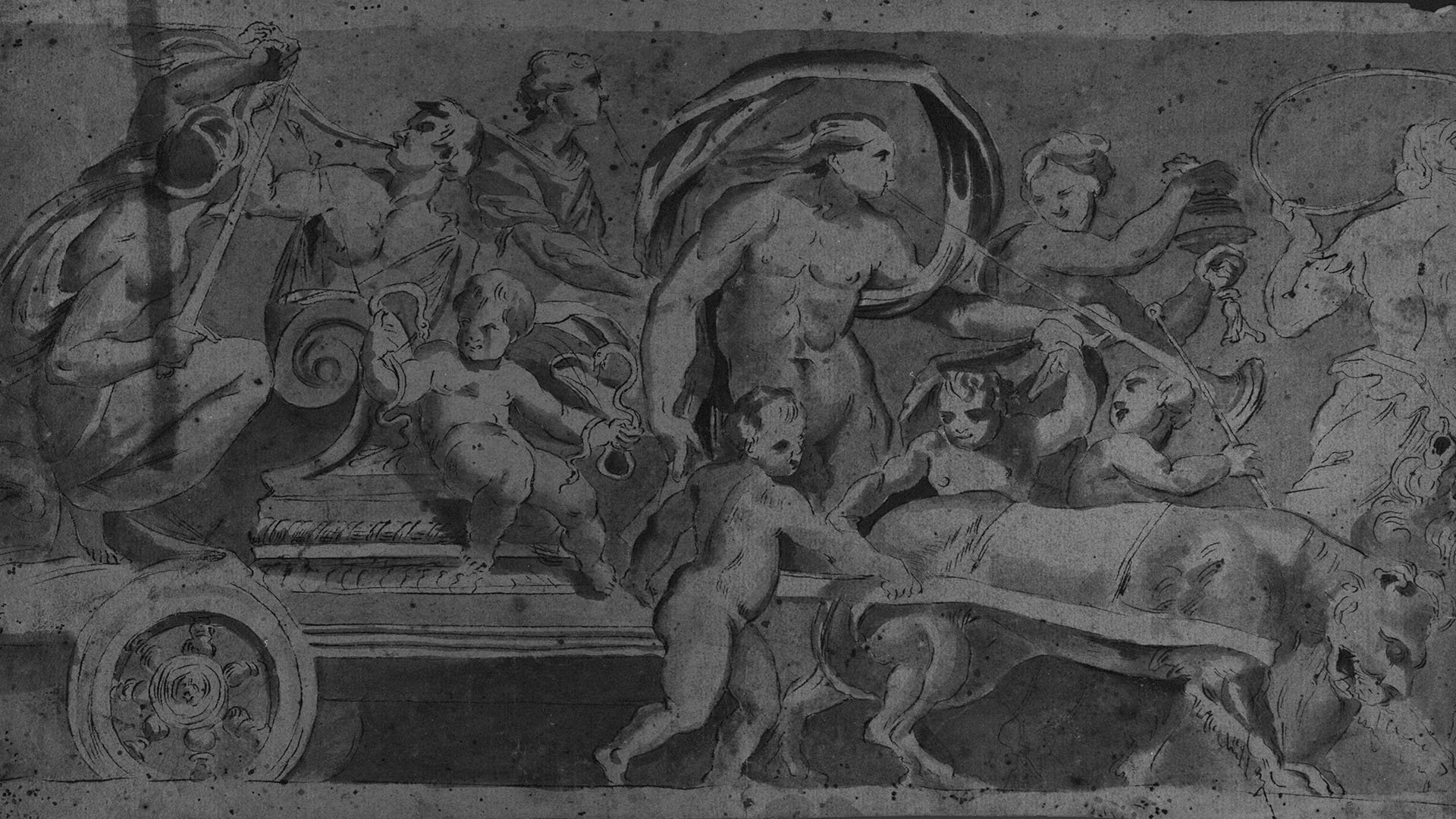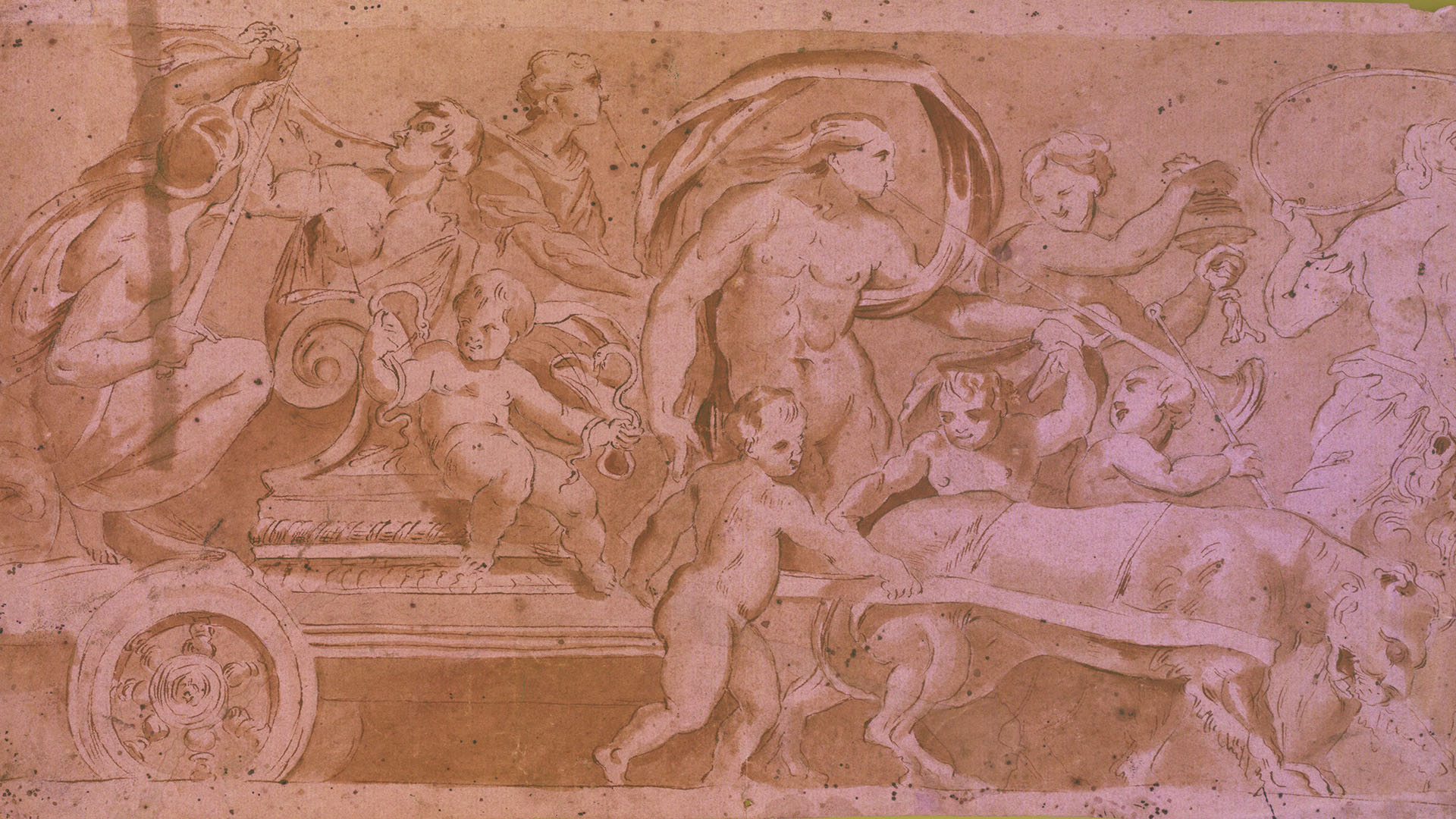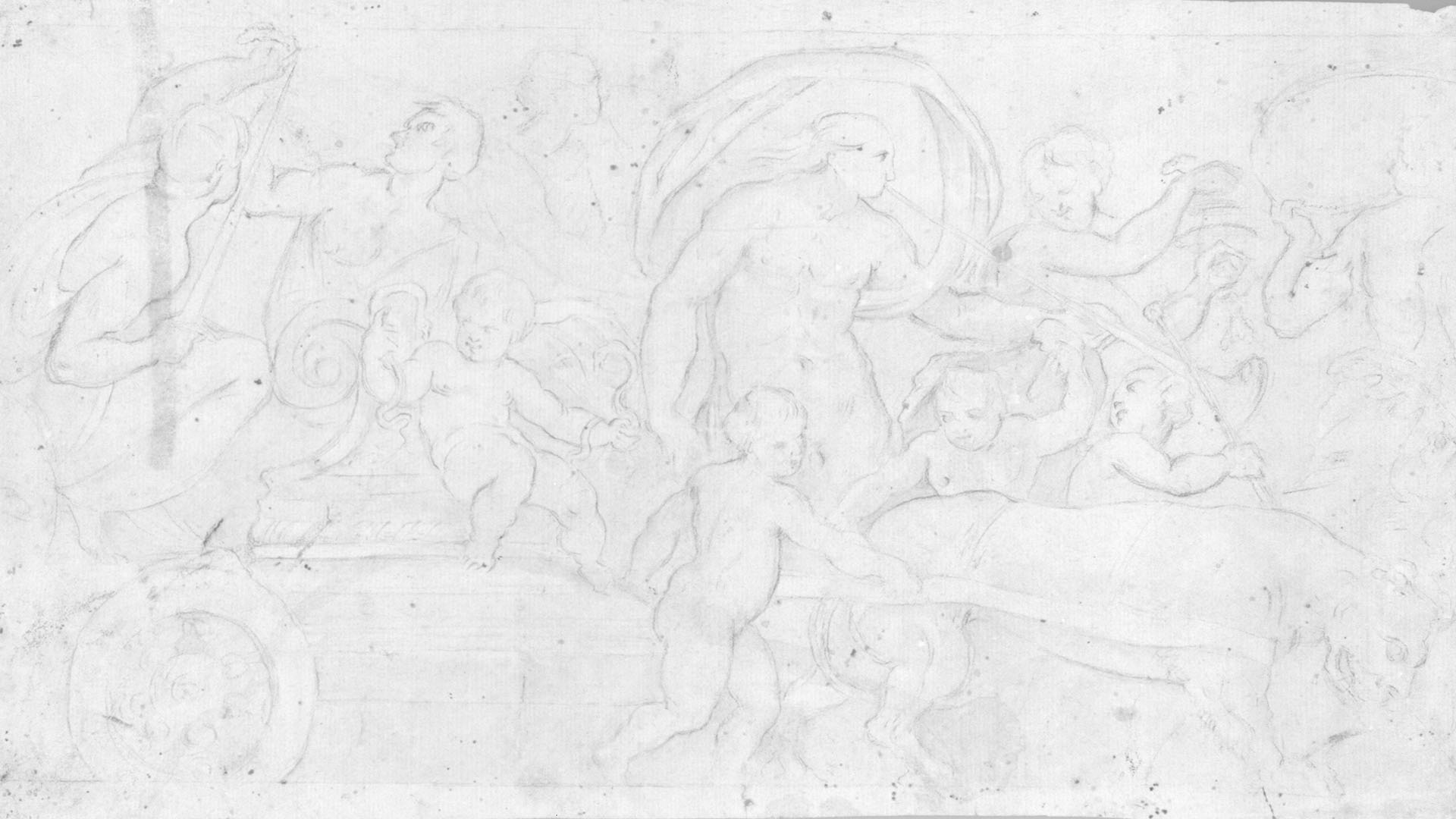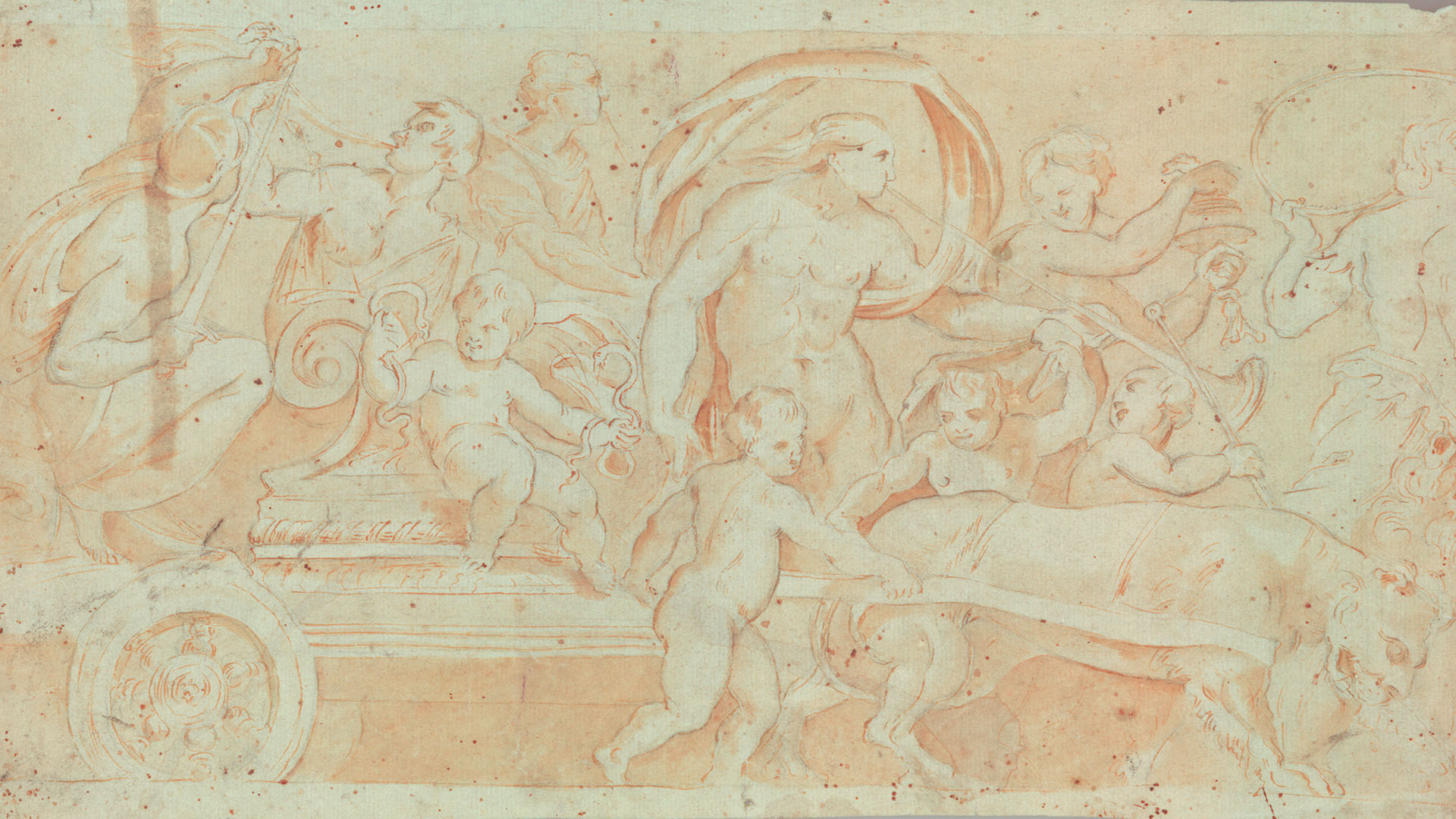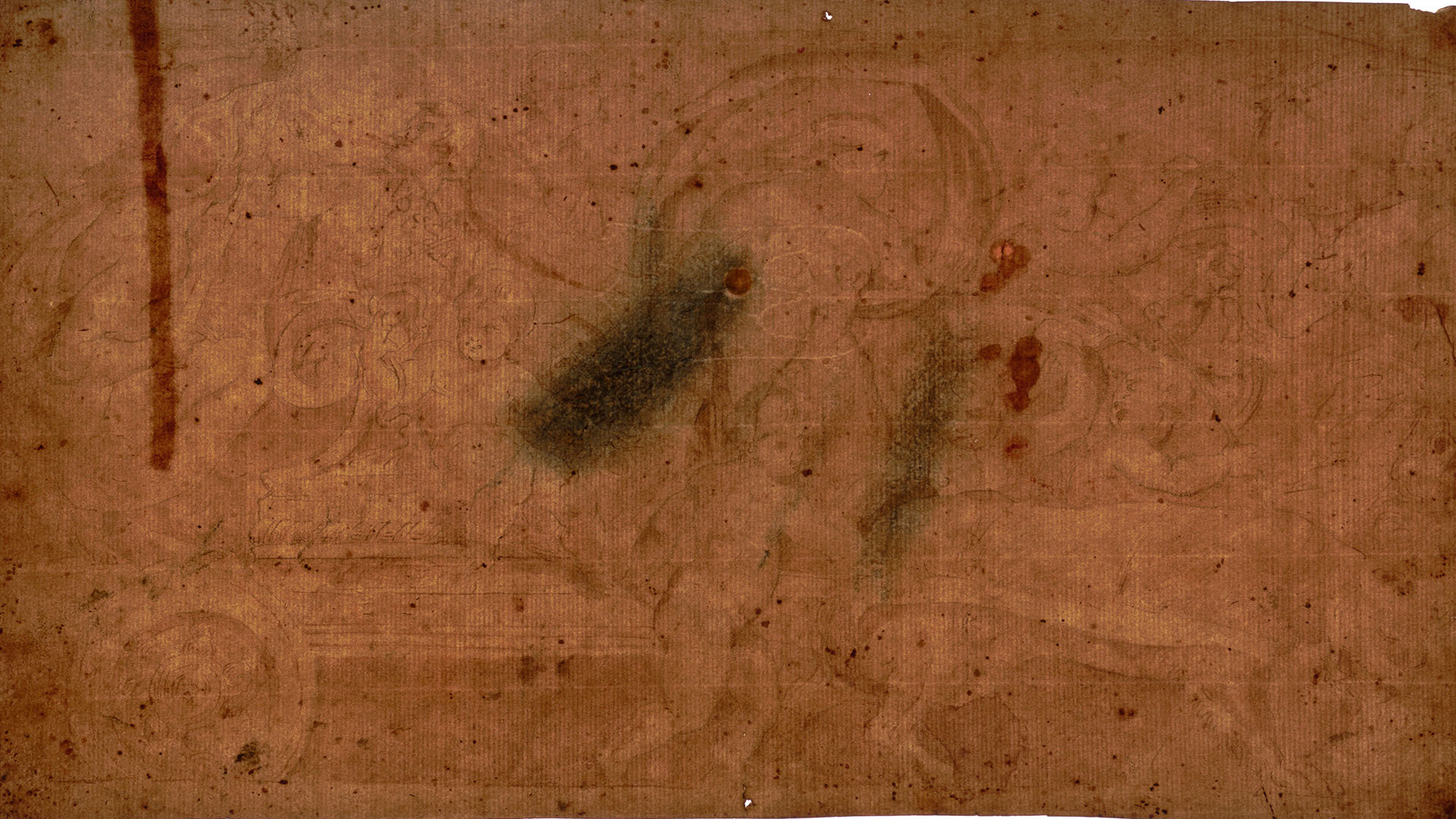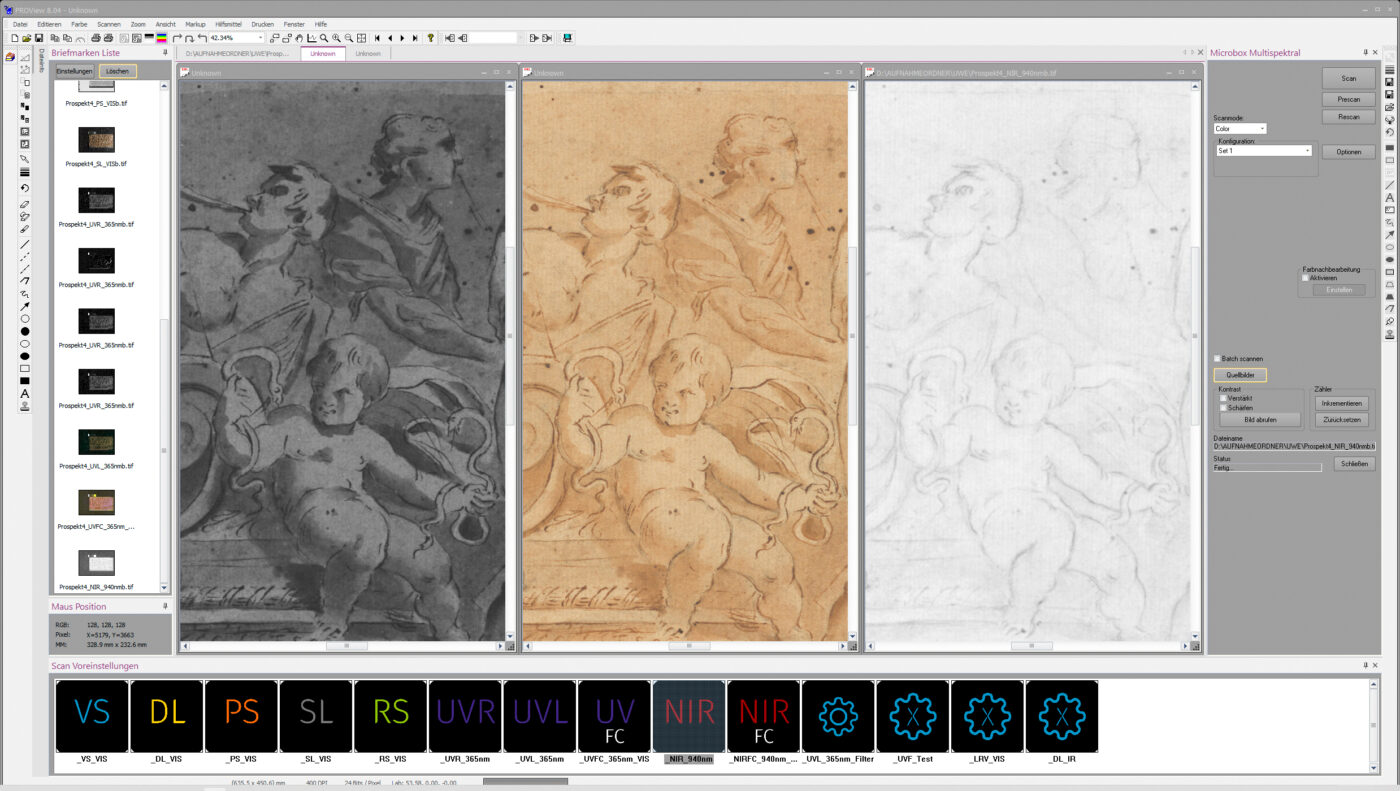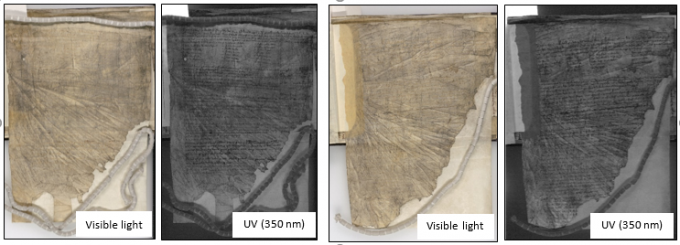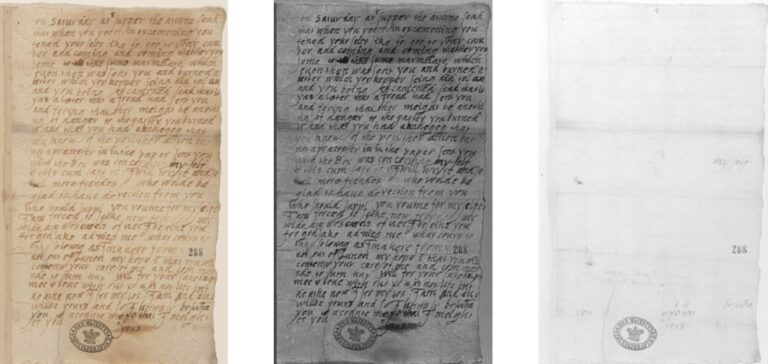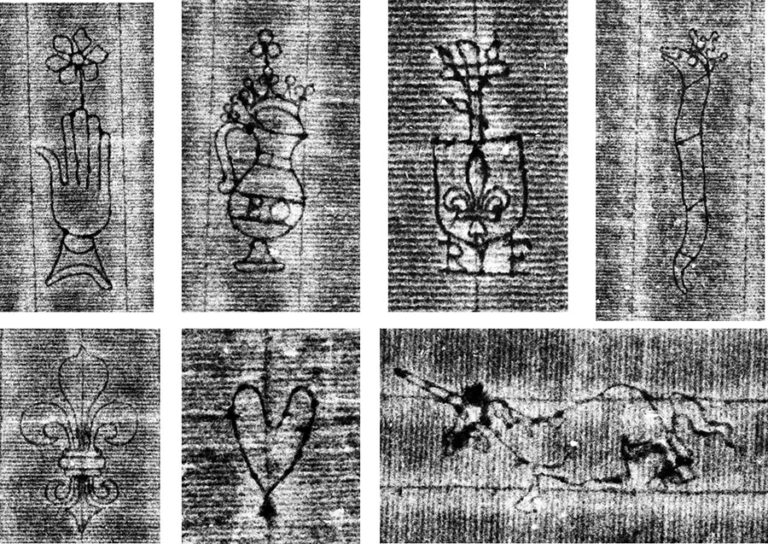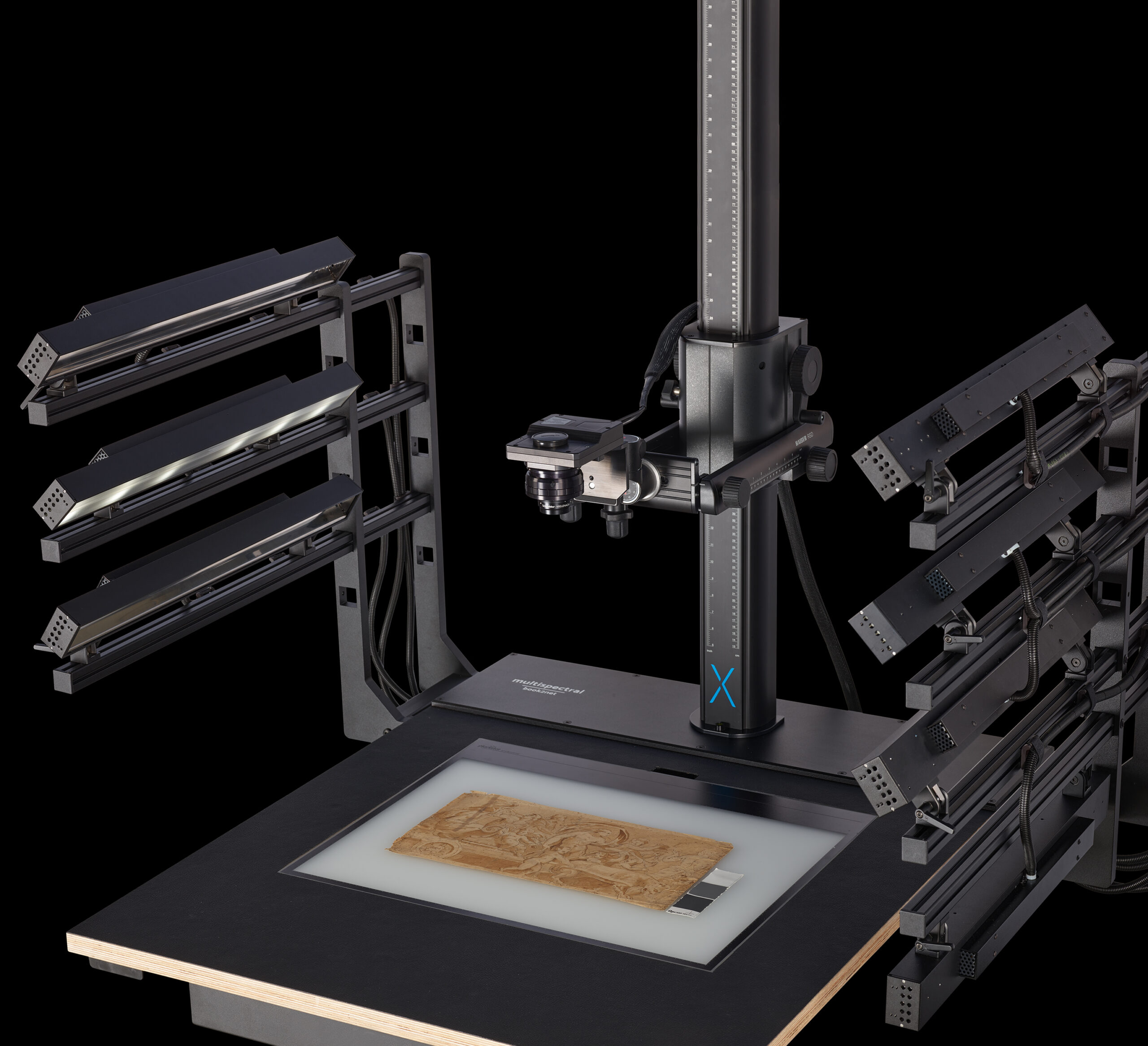
(NIR) 940 NM
You are currently viewing a placeholder content from YouTube. To access the actual content, click the button below. Please note that doing so will share data with third-party providers.
More InformationTHE HEART OF THE SYSTEM
THE X71 MULTISPECTRAL
The x71 Multispectral is a unique multispectral camera for the analysis of documents, artworks and archival materials. As a system, the book2net multispectral system bridges the gap between pure UV photography and infrared photography beyond 1000 nm. In this range, the camera works constantly with a resolution of 71 MP through high-resolution CMOS sensor technology.
The x71 Multispectral is the world’s first filterless multispectral camera that enables pixel-precise imaging between 365 and 1,100 nm without refocusing and fixed aperture. This makes it a new and innovative tool for scientific and material technology analyses, as well as for forensics and for the comprehensive documentation of works of art. Work genesis, authenticity or condition – with the aid of the x71 Multispectral, numerous exposure sets in a wide variety of wavelength ranges can be generated and combined within a few seconds in fully automated processes.
The multispectral system allows the visualization of faded inks, underdrawings, combinations of materials used in writing, drawings or paintings, as well as the detection of traces of organic aging processes. This enables the verification of originals for their material completeness as well as detailed authenticity analyses.
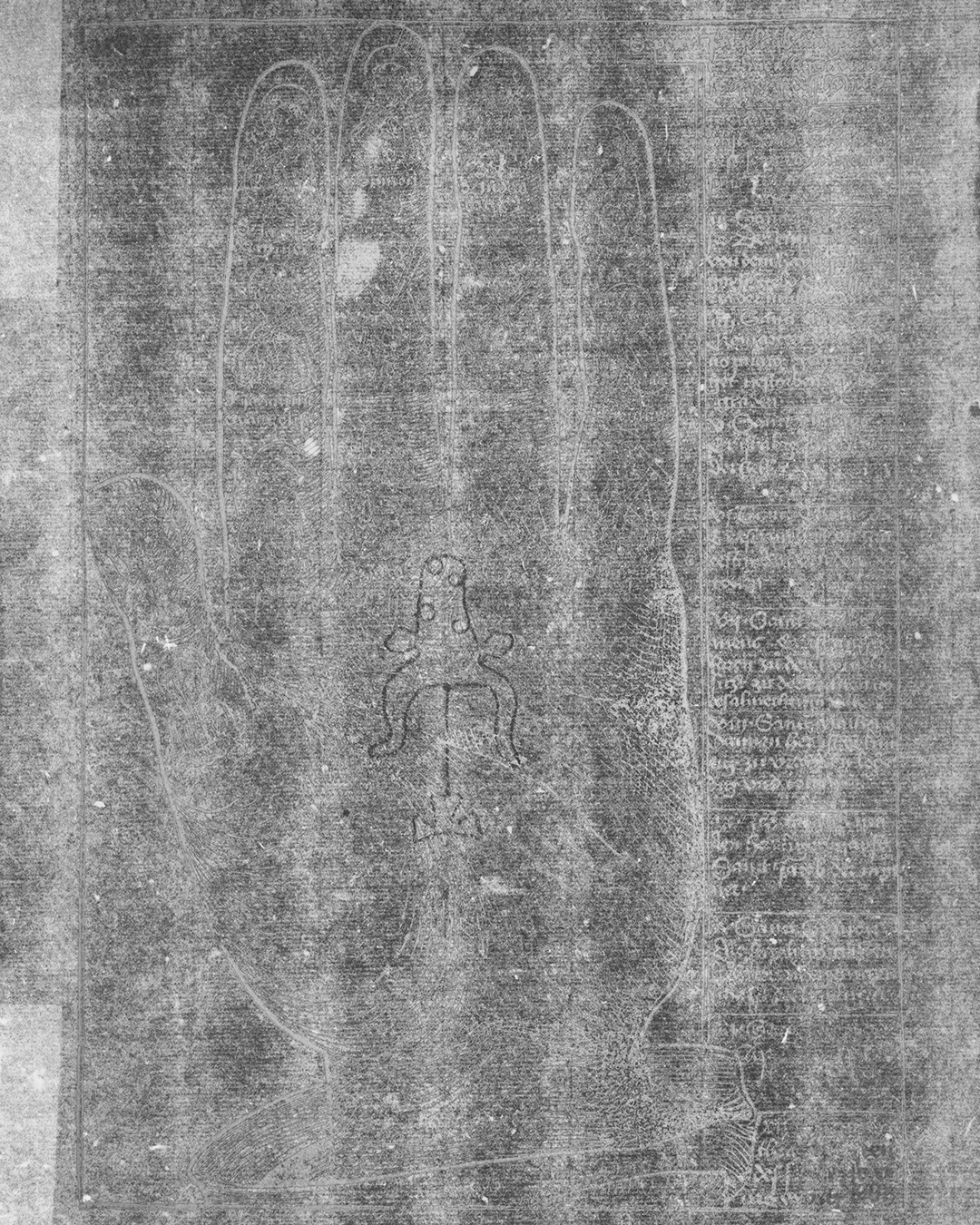
PAPER STRUCTURE
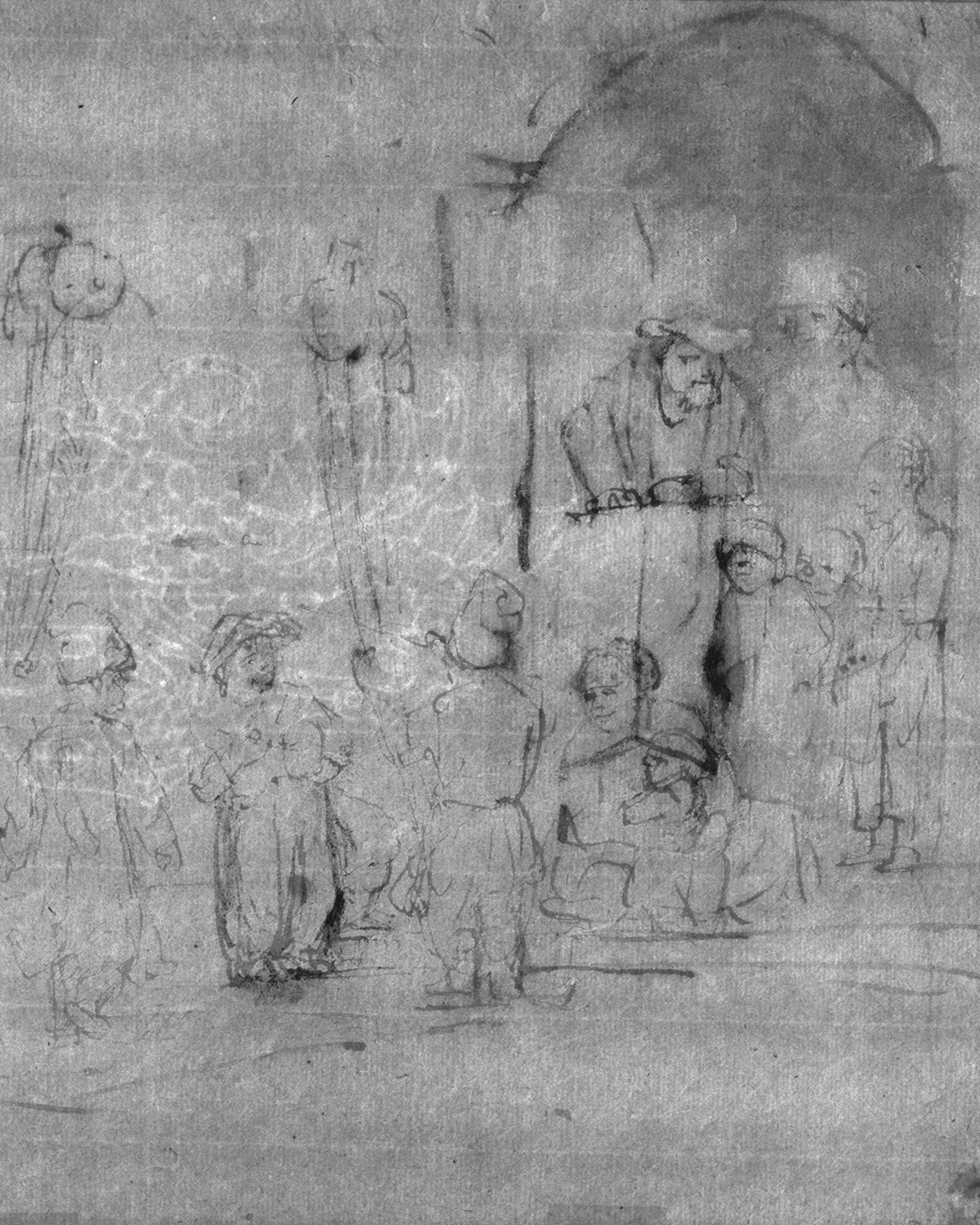
UNDERDRAWINGS
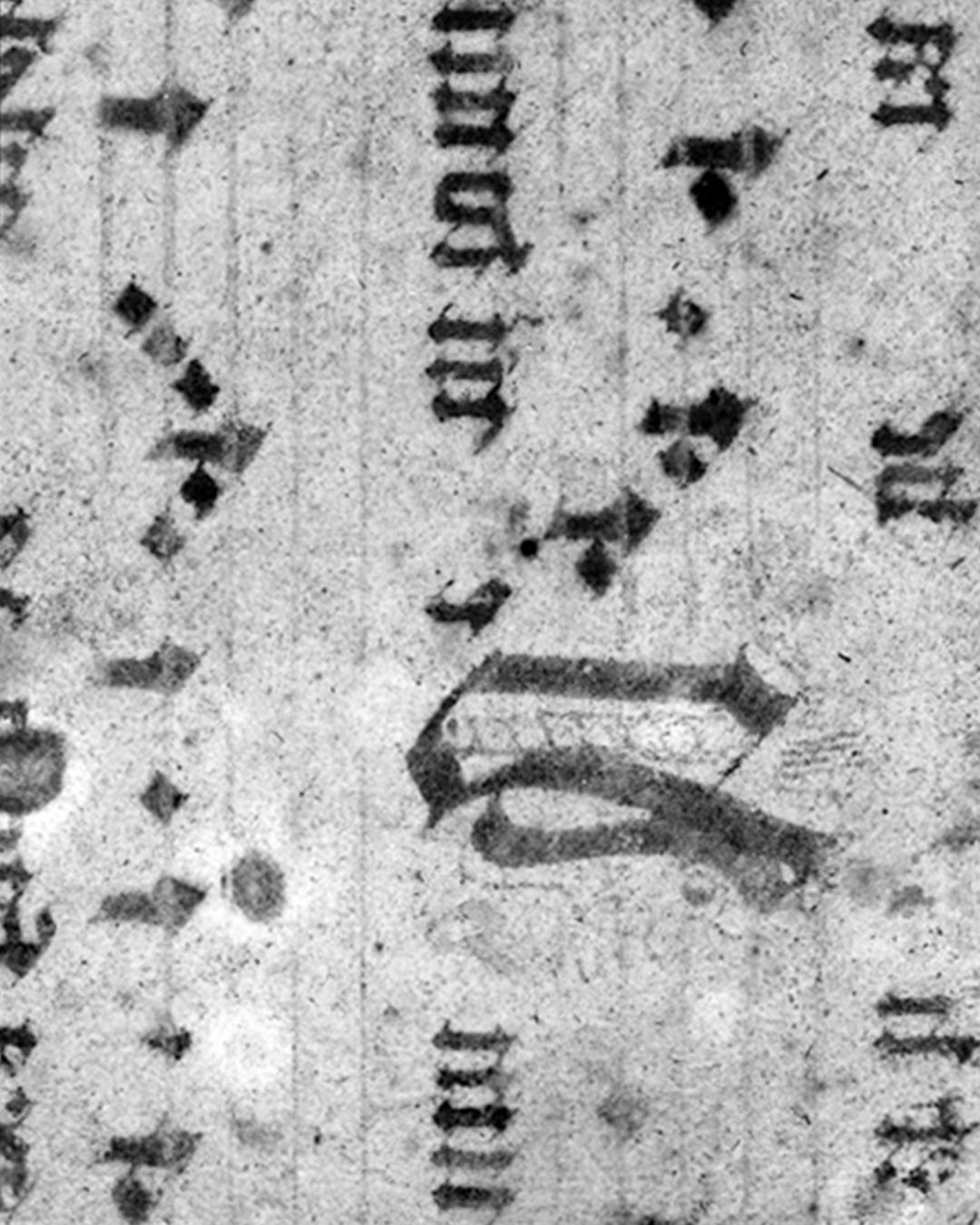
FADED & ERASED INKS
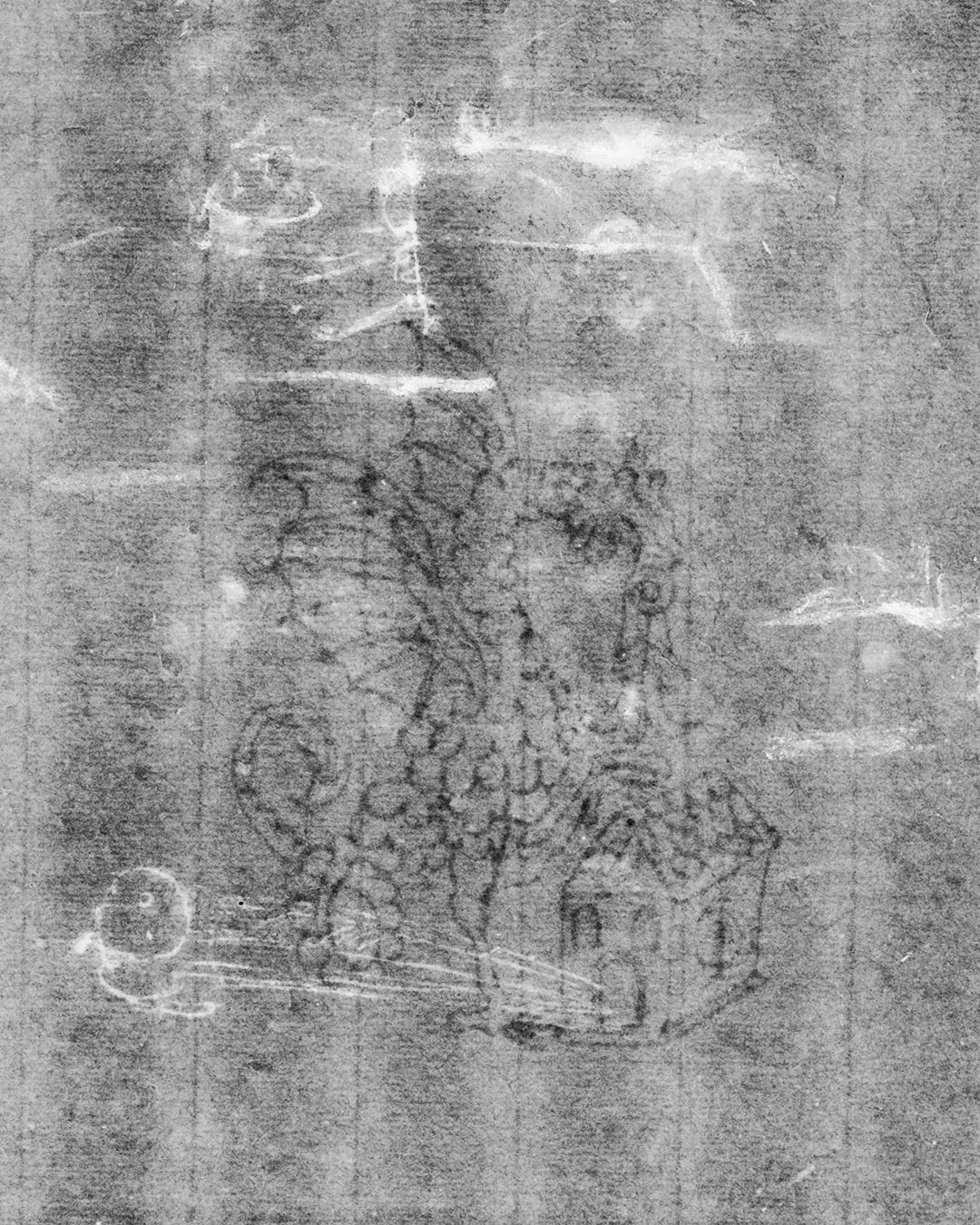
WATERMARKS
Software Profiscan MSP
DEVICE CONTROL AND
INFORMATION PROCESSING
Basic functions
Intuitive menu navigation for professional requirements, thumbnail display (insert, delete, display), color selection (color, gray scale, black and white), format selection (TIFF, PDF, JPEG), contrast control, zoom function, print section, multipage. Frame setting, multiple job functions (save job, load job, edit job, thumbnail directory/archive, edit archived jobs). The software is Windows 10 optimized and updateable.
Multispectral functions
Freely definable buttons for selecting spectral ranges, predefined selection fields with incident light or with incident light plus transmitted light as well as profile settings for different types of originals. Automated scan processes are freely programmable and can be easily triggered with the process button for starting scan sequences.
Result
The system needs only approx. 24 seconds for 6 scans in 6 spectral ranges. Automatic saving, standardized generation of file names by default and automatic generation of metadata allow efficient management of all files.
INFRARED AND ULTRAVIOLET PHOTOGRAPHY
FULLY AUTOMATIC SEQUENCES
Shown above is a example set of images taken fully automatically in a single sequence with the x71. After the VIS images of the recto side (recto, sided and transmitted light), the paper structure is detected and displayed by image subtraction. This is possible with contrast enhancement if required.
Subsequently, the UVR, the UVL and, in combination with a VIS image, the UV false-color image were generated in order to make organic substances used in the material and the drawing instruments more visible. Finally, a NIR image and the corresponding NIR false color image were generated. For objects signed or marked on the reverse, the complete process can be repeated in just over a minute for this side.
It is also possible to recreate individual exposures as needed. In this case, they are correctly named and automatically replaced without manual intervention in the file structure.
Software Profiscan MSP
MSP FILTER IMAGER
The MSP filter imager is a core development of our multispectral analysis. As intelligent software filter, it replaces mechanical lens filters and narrowband LED series (UV/ IR) for narrowing down spectral ranges; it is Windows 10 optimized and updateable. The pixel values of the matrix sensor used are evaluated on an analog basis as pure native voltage values. Via our software filter, only the respective values of the desired spectral range are analyzed and merged into one image. Optionally, a color image, a grayscale image, individual gray images of the color image channels or gray image channels as well as a false color image UV, VIS, IR can be generated. The selection is made via the menu control.
For each spectral range specific parameters such as optimal exposure time and optimal channel gains of the color or grayscale channels in relation to each other are determined. This is done depending on the type of original and allows the creation of different profiles. Simulations support individual examinations of each individual original in the respective spectral range.
INFRARED AND ULTRAVIOLET PHOTOGRAPHY
VISUALIZATION OF PAPER STRUCTURE & WATERMARKS
The identification of substrates, writing and drawing materials is just as much a part of everyday conservation, restoration, or valuation issues as the visualization of paper structures, watermarks, surface features, or the reverse of glued or full-surface mounted originals on cardboard.
For this purpose, we have developed this unique camera system to be able to collect and read out such information. Not only the actual series of images, but also the fully automatic calculation of paper structure and watermarks are performed in just a few seconds.
Apart from the system’s wide range of capabilities using the expert mode, the x71
Multispectral congenially supports daily work in the field of conservation, restoration and research, especially in the graphic arts, library and archive sectors.
The fully automated scanning processes are ideal for uncomplicated yet comprehensive documentation with maximum added value for material technology issues, for research and for all considerations regarding the authenticity of objects, especially those made of and on paper.
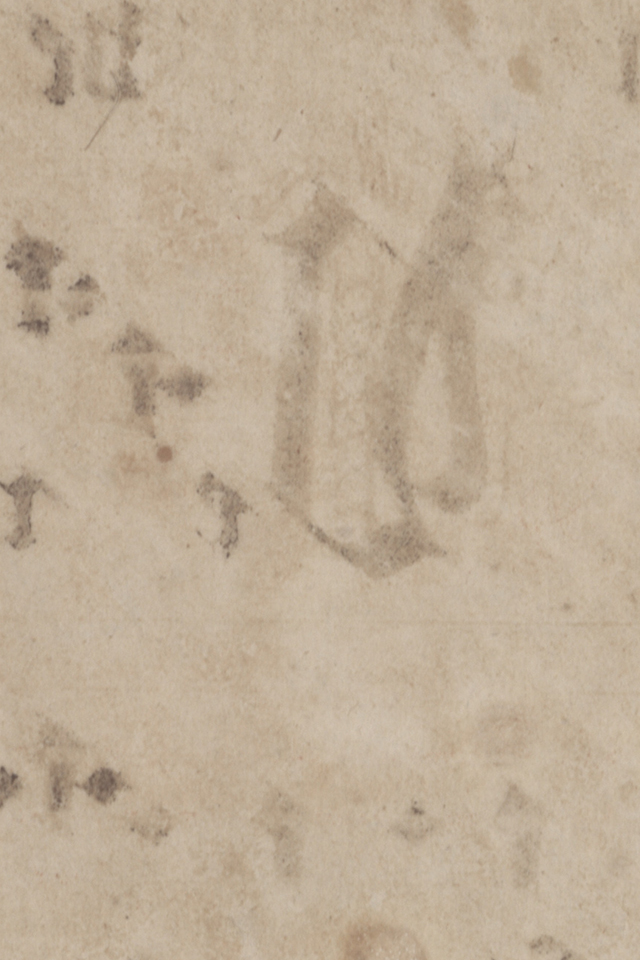
VIS IMAGE
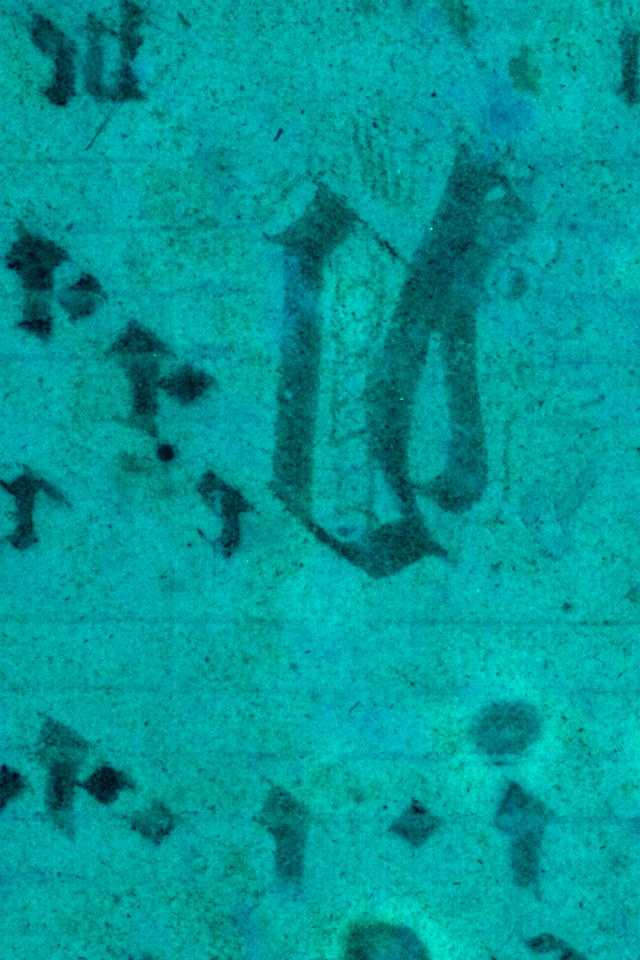
UV IMAGE
COLOR GUIDE
NON-DESTRUCTIVE ANALYSIS OF PIGMENTS
The X71 Multispectral is an indispensable tool for the non-destructive analysis of pigments in connection with multispectral photography. The characteristic of pigments to reflect light of diverse wavelengths differently allows a quick specification of pigments used in artworks by direct comparison with a Color Guide.
INFRARED AND ULTRAVIOLET PHOTOGRAPHY
VISUALIZATION OF UNDERDRAWINGS
Underdrawings such as preliminary drawings can be made visible if the layers of ink covering them are masked out by suitable methods. Faded or erased inks can be made visible by selective excitation with light of specific wavelengths.
Infrared reflectography is based on the characteristic interaction between infrared light and the materials under investigation. Depending on their composition, the substances absorb the IR light in a characteristic way.
Substances that contain elemental carbon, such as soot or stone chalk, absorb IR light strongly in a certain wavelength range and appear black in the IR image, while other drawing materials become transparent in the same wavelength range. Preliminary drawings made with metallic or lead pencils can also be made visible using this method.
Digital image processing methods such as image subtraction or channel shifts often play an important role in post-processing. This requires correspondingly optimal and pixel-accurate results from the preceding capturing processes.
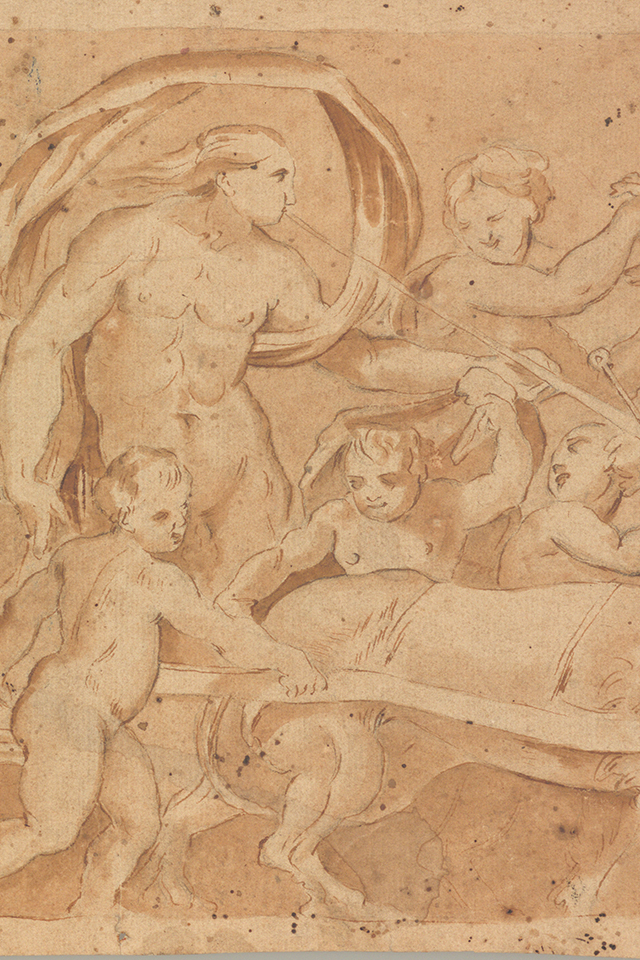
VIS IMAGE

NIR IMAGE
COLOR GUIDE
USER INTERFACE AND EVALUATION
Screenshot from the user interface: Paper structure and watermarks are automatically generated from the VIS and transmitted light image without any further disturbing additions. If required, these can be displayed directly and synchronously with the evaluation in preview.
In the synchronous display, findings can be obtained directly from the respective images and analyzed further. In the display, NIR, VIS and NIRFC are compared with each other.
In the example, the false-color image immediately shows the two colorants. The preliminary drawing in black chalk remains black, while the ink drawing, which fades almost completely in the NIR, is shown in red. This makes it possible to differentiate between different colorants at a glance.

